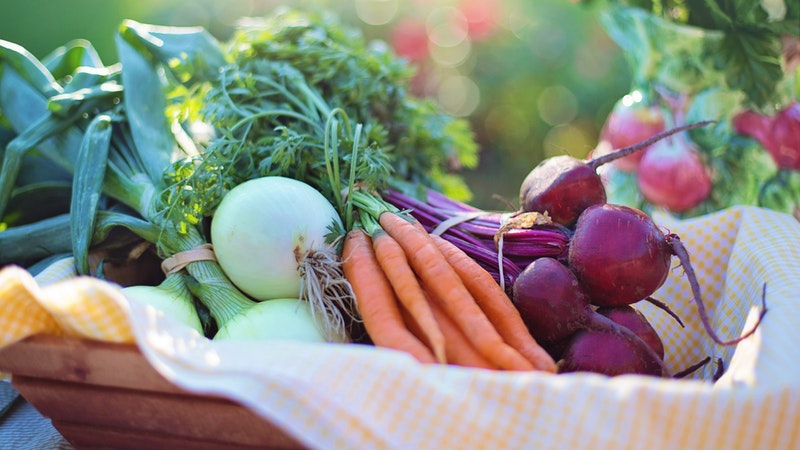Vermicomposting
Episode #7 of the course Advanced gardening by Alice Morgan
Hello! Yesterday, we talked about a method of setting up your garden, but today, we’ll cover a great way to give your plants a nutrient boost using a specialized compost system with worms. Simply put, vermicomposting adds worms into the composting process to make it more efficient. Worms help the soil microorganisms break down the organic material faster through the process of feeding themselves. If you have been having trouble with too much material for the compost pile, vermicomposting may be the answer for you. Additionally, worm castings result in a even richer compost for your garden, which can be very helpful if you’re working with nutrient depleted soil.
Getting Started
To get started, you’ll need a container for your bed, bedding, water, worms, and kitchen scraps.
Containers. Containers come in all shapes and sizes, so you can choose the option that works the best for you. The more kitchen waste you produce, the larger the container you need. An easy way to figure out your space needs is to weigh all your compostable material for a week, and then estimate one square foot of space (30×30 cm) per pound (0.45 kg) of food. Whatever size you choose, make sure it’s not any deeper than 8-12 inches (20-30 cm). Worms feed on the top layer, so you might get some nasty smells if it’s too deep. Once you know the size you need, you can either purchase a pre-made bin or build your own.
Bedding. Bedding gives the worms a place to live. It helps keep them moist and helps air to circulate. You can buy bedding, but it’s easy to find material at home. Shredded cardboard, shredded paper, and peat moss are all options. Make sure you have enough dry bedding to fill up ⅔ of your worm bed.
Water. Before the worms can get to work, you need to prepare their new home. Place all that bedding you just found in a container, and add water until it covers all the material. Leave the bedding to soak until it has absorbed as much water as possible. Once that’s accomplished, wring the water out of the bedding, place in your worm bin, and fluff.
Worms. Worms can be purchased from online sellers, garden stores, or bait shops. They may be called red wigglers, manure worms, tiger worms, or red worms. You may be tempted to dig up native worms from your garden, but try to resist that impulse. Native worms have often adapted in ways that make them unsuitable for worm beds. For instance, many burrow deep into the ground to survive the winter. In a worm bed, they can’t burrow and will die when it becomes too cold. Redworms are adapted to the cold and will be just fine. You’ll need twice as many worms as kitchen waste.
Kitchen waste. Like with a regular compost pile, only compost non-fatty foods like fruits, vegetables, grains, coffee, finely crushed eggshells, and tea bags. Avoid fat and meat. Worms also have difficulties with onions and garlic. When you’re starting a new worm bed, add a little material at a time. It will take awhile for the microorganisms to establish themselves. You can either sprinkle material on the top or bury it an inch (2.5 cm) down in the bedding. When enough worm castings have built up, harvest them by scooping with your hand or a sieve, making sure to leave the worms behind.
Worm Tea
Some gardeners like to make worm tea from their worm castings to water their gardens. It’s excellent for boosting the microorganism populations in the soil and acts as a quick source of fertilizer. To make worm tea, place two cups of worm castings in an old sock or stocking, put the “tea bag” in a 5-gallon (19 L) bucket of unchlorinated water (rain water, pond water, river water, etc.) and leave it to soak overnight. You can make higher quality tea by adding a tablespoon of molasses or honey. It’s a good idea to dilute the finished tea before use. 50% tea to 50% water is good place to start, until you’ve had some practice brewing and applying the tea.
I hope you enjoyed learning about vermicomposting with worms. Tomorrow, we’ll move on to greenhouses!
Recommended book
How to Start a Worm Bin by Henry Owen
Share with friends

